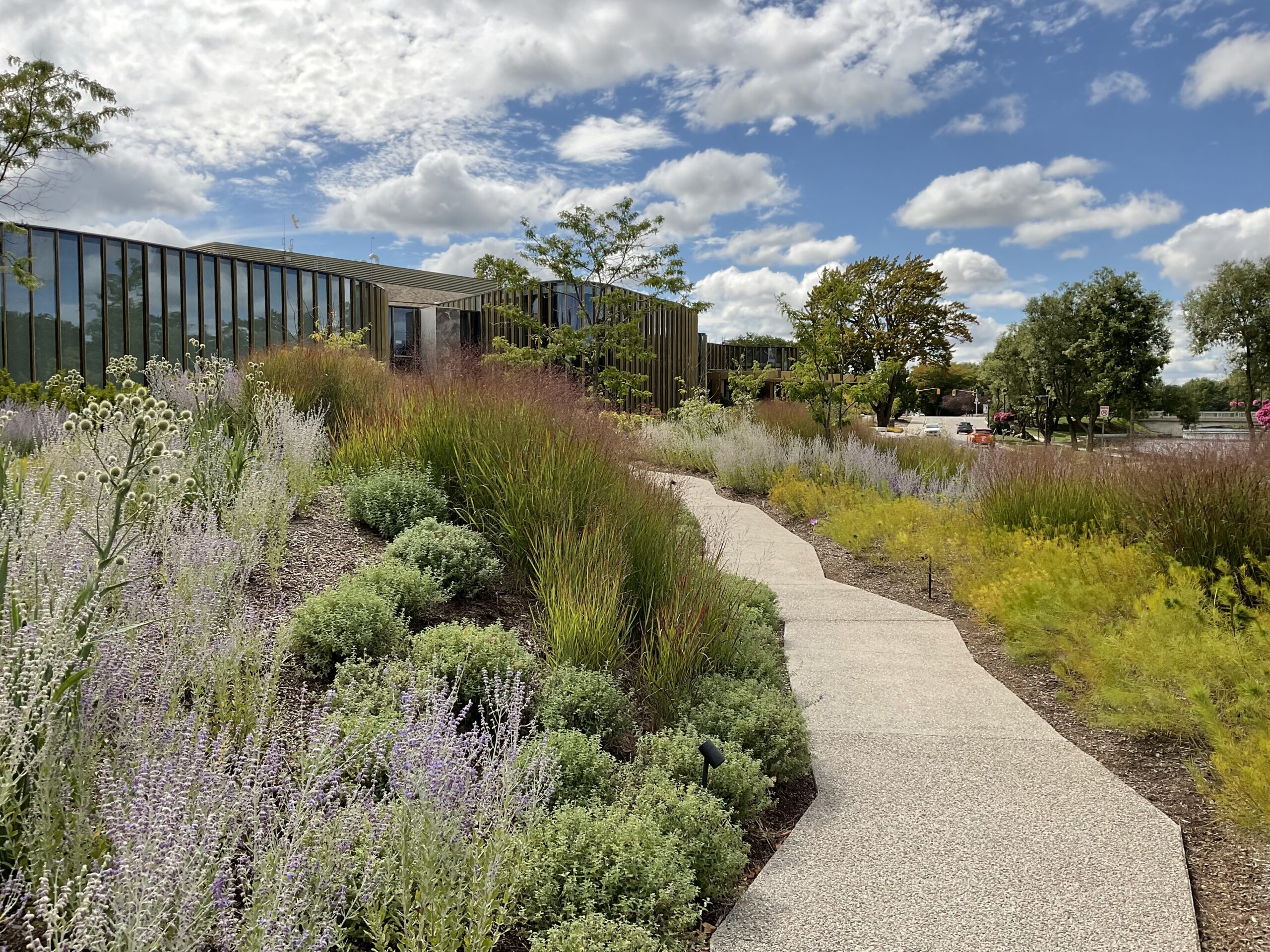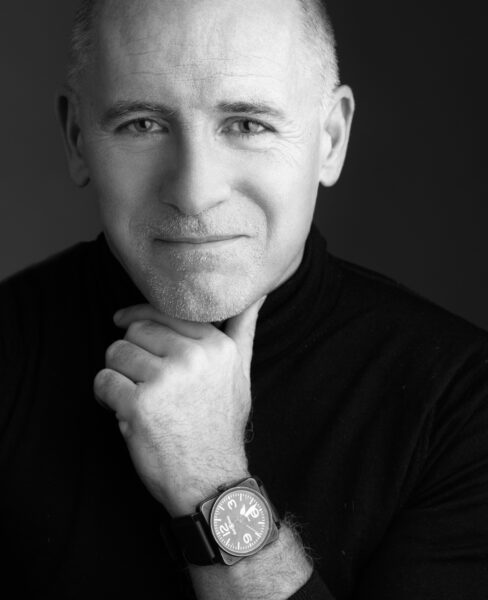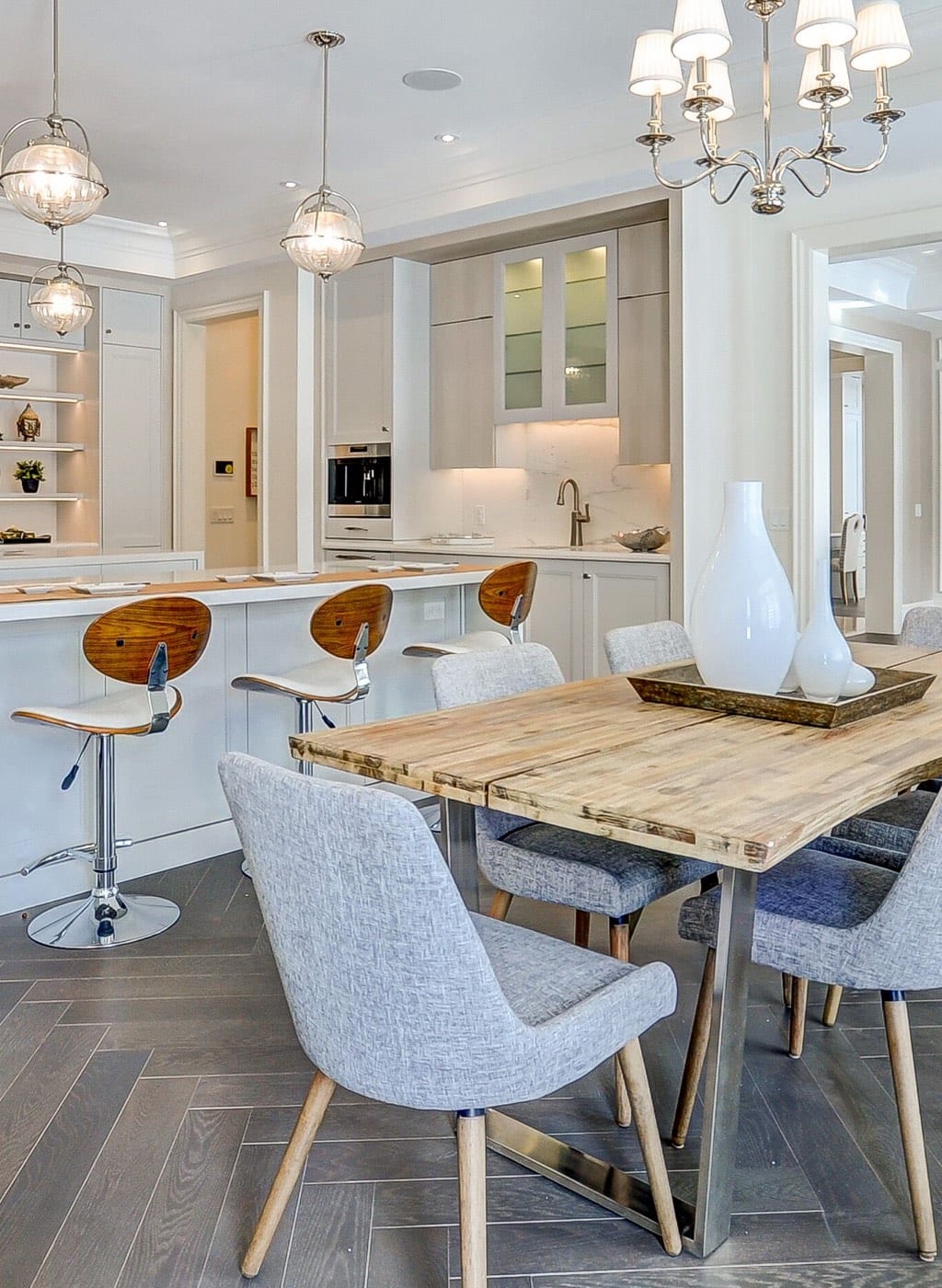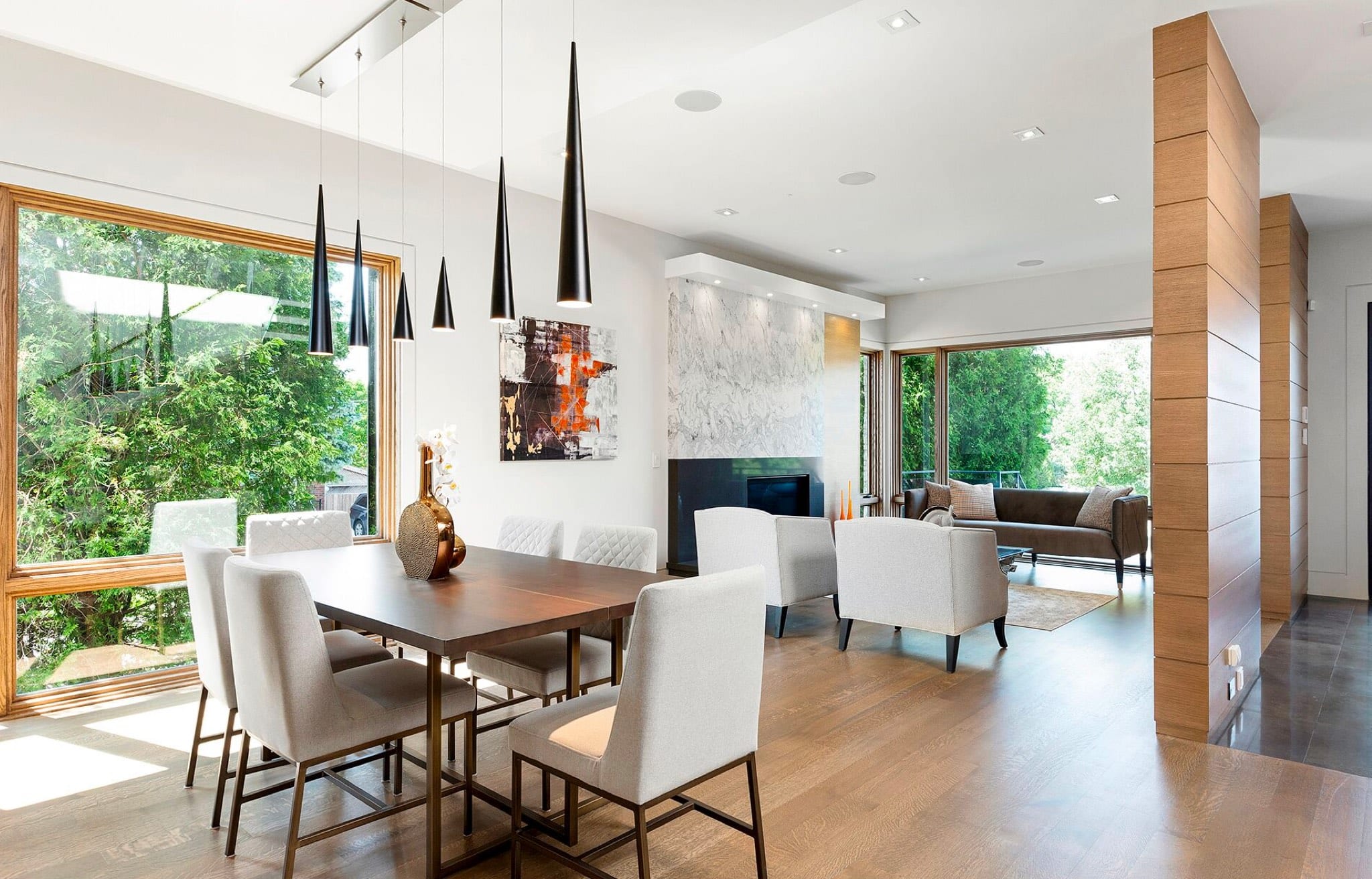
In Conversation with Ron Holbrook
Ron Holbrook is one of Canada’s most celebrated landscape architects. Having created award-winning gardens and landscapes for a distinguished national and international clientele, his work can be found throughout Canada, the United States, the Caribbean, Bahamas, England, Italy and the Middle East.
Ron recently sat down with us to share his expert insights on the latest trends in landscape design, common challenges faced by designers, and the use of native species in outdoor spaces. From creating awe-inspiring landscapes to storm water management, Holbrook offers a thought-provoking perspective on the world of landscape architecture.

The Collection: What makes a great outdoor space?
Ron Holbrook: It starts with a great client. There’s nothing better than an enthusiastic client. And, without question, great architects make for great gardens. I’ve been very fortunate to have worked with some of the world’s best architects, and having that opportunity challenges you. Fundamentally, a truly great garden should inspire a sense of calm and serenity…a retreat to enjoy a time out from daily life. Also central to my design philosophy, a great garden should exemplify one major defining landscape design or theme that creates a strong eye-pleasing visual year round. A great garden design should pay careful attention between the relationship of the site, soil, plant hardiness, client and designer, and a carefully thought out maintenance program.
HK: Do you have a specific design philosophy?
RH: I’m a real chameleon, I adapt to situations. So, this whole notion of one strong movement in a garden to create a visual impact is sort of my philosophy, but I love the challenge of adapting to different situations.
HK: How have homeowners changed their approach to outdoor space in the last few years?
RH: When COVID hit, things picked up immensely. Everybody was staying at home, and they had many projects on the back of their shelves waiting to happen. And then, when challenged with being at home, they decided that it was time for the pool or the outdoor entertaining area. If I had started a company dealing with outdoor heaters, I would’ve made a fortune. So many people followed the rules and tended to have outdoor gatherings. I got many phone calls from clients about how to take a loggia and make sure it was conducive for gathering, or to add a fire feature or overhead heaters. I’m very fortunate to be in this line of work, because I’ve never seen more people interested in doing great things with their outdoor spaces.

HK: What’s the most innovative thing you’re working on right now?
RH: We did the Tom Patterson Theatre Garden in Stratford. HPA architects designed this incredibly beautiful theatre. There was an international competition, and I was part of the team that won. This structure was built along the Avon River in Stratford, and there’s a several-acres sized garden associated with the architecture. I’ve built my practice primarily on private gardens, but in the last ten years, I’ve been getting involved in institutional and public work. This is a project that I’m particularly proud of. I’m also working in the Bahamas right now on a few things that are quite challenging because I get to work with plant material that I don’t use on a daily basis. That’s always fun.
HK: With so many cranes in the city, are you doing anything interesting with condos?
RH: Empty nesters sell these massive homes with gardens and property, and move into a luxury condominium penthouses. Of course, one of the first considerations is a wonderful outdoor space. They still want a terrace with many of the amenities and features they had on the ground. So, that starts a conversation, but sometimes it’s too late in the game. I’m not saying all developers, but some don’t make these considerations in advance for the things that people of means want in an outdoor space. And they find out too late in the game that it’s impossible to do XYZ. And, when it’s all about footprint and getting the most out of the property, the notion of a streetscape can be nil to nothing.
What’s wrong with trying to make the building a little smaller, leaving space for more street presence? It doesn’t matter if it’s a house or a condo, a well-designed landscape is the calling card of a building and the first impression. I’ve collaborated with some developers and we’ve done amazing things with them. We’ve reminded them that from a marketing standpoint, you want to convey to somebody that they’re coming home to this very well-composed combination of building and landscaped street presence.
HK: What’s an example?
RH: We have recently worked on The Charbonnel at 45 Oaklands which is a boutique style condo development. The developer Treasure Hill are very highly regarded and knowledgeable developers. There was no watering down of ideas; they embraced our landscape proposal in its entirety. Another project was 36 Hazelton by Alterra. They also understood the importance of investing in landscape curb appeal associated with the architecture.

HK: What are some environmental measures that you are incorporating into your work?
RH: One consideration that seems to crop up every time is dealing with stormwater management. We are experiencing far more “once in a hundred years”storms these days, and how you deal with water contained within a property is a major concern. We work closely with stormwater engineers on almost every project. Some people, of course, collect the water for irrigation…and there’s also green roofs. We’re working on some incredible projects right now using sedum mats. It’s a very simple installation but so effective. So many of the contemporary homes we work on have very large expanses of glass overlooking flat roofs. It’s a given that we will introduce these lovely visuals, as opposed to looking out at a pea gravel surface or a tarmac of roof membrane.

HK: What about the use of native species?
RH: I’ve had to educate myself in the last seven years on native plants. At first, I resisted. I bought a cottage eight years ago. I’d never owned one, and it’s in the middle of nowhere, immersed in nature and native plants. I really developed an appreciation for them, and now I do my best to achieve a balanced blend of native and non-native plants. The problem with native plants is that my garden style tends to be sculpted and very rich in green, but so many of these native plants tend to loose their curb appeal in the winter. There’s a place and time for it. Aesthetically speaking, when dealing with a client that’s about to invest X dollars, they want their property to have year-round qualities. A lot of native plants simply disappear. So, it’s a challenge, but I do the best I can.
HK: What’s the new trend you’re seeing in 2023?
RH: Pollinator gardens. I’m not saying that this type of garden is for everyone. I have several clients with large country and/or cottage properties, and they’re determined to create these spaces that attract bees, birds and butterflies. It’s interesting and something I’m hearing more about than I ever have in the past. If you want to successfully invest in a pollinator garden — I’m talking the size of two tennis courts — you need to erect protective fencing to keep the deer from using the garden as a salad bar.
HK: Any final thoughts?
For most of my career, my practice has been focused primarily on creating private gardens for individual clients. The Tom Patterson Theater commission at Stratford was an exciting opportunity to collaborate and create a rather organic, public yet intimate space, to be enjoyed by thousands yearly. Curiously, I attribute my newfound, more relaxed rural lifestyle, and the garden I’ve created in Canada’s magnificent Shield landscape as the inspiration for integrating pollinators into my more classical horticultural language — despite the challenges created by foraging wildlife.
For more information on Ron Holbrook, visit: www.ronaldholbrook.com




